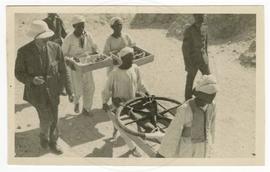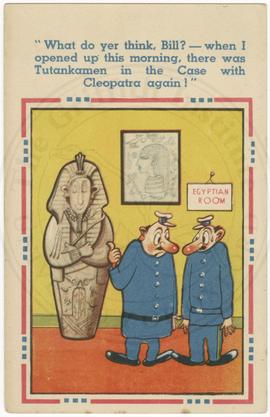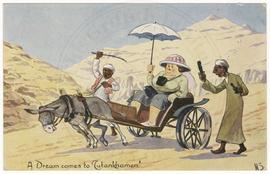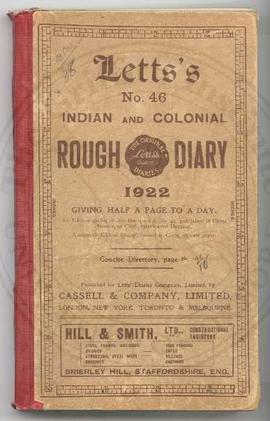Karnak, Great Temple of Amun, unidentified scene, upper part of Tuthmosis III wearing the atef crown
- Lloyd MSS 102
- Item
- 13-18 May 1843
Parte de George Lloyd Album
Upper part of Tuthmosis III wearing the atef crown, from an unidentified ritual scene, probably in one of the rooms against the North girdle wall, in the Great Temple of Amun at Karnak:
- pencil drawing
- mounted, together with Lloyd MSS 101
- 17.8 x 25.7 cm
- [on mount] '45' (pencil note)
- [on verso of drawing] 'Thothmes 3rd / Thothmes Mœris. / } / From a bas relief to the N W of the Colonnade / of the Reversed Capitals. / 13th-18th May 1843. / G Ll. / <cartouches of Tuthmosis III> (pencil note)
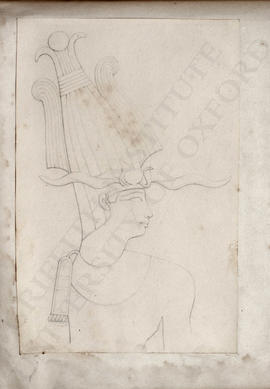
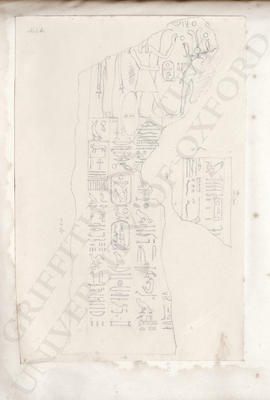




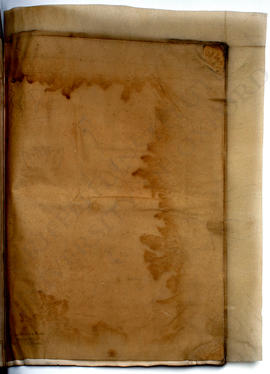
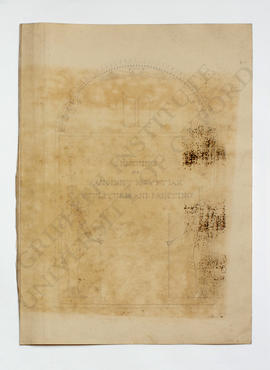
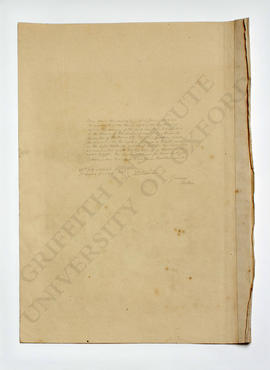


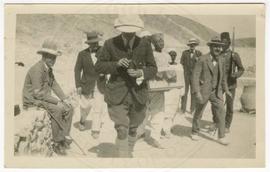
![Transporting Tutankhamun's "mannequin" [1]](/uploads/r/null/c/6/9/c6989faf4715475b8610a391b2f70fa89105333f6c3010bf5513e38d1be0ac67/TAA_ii_6_81awm_142.jpg)
